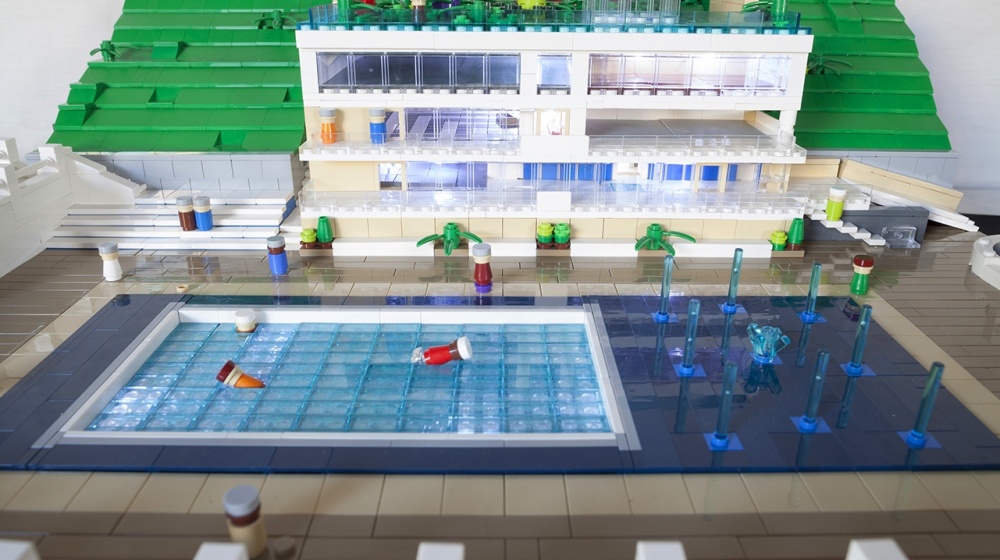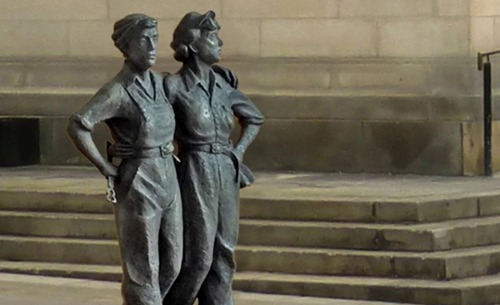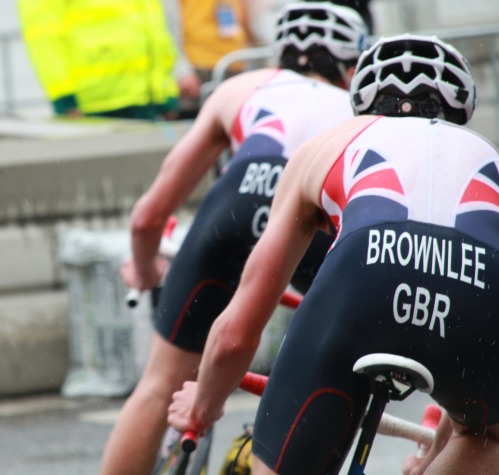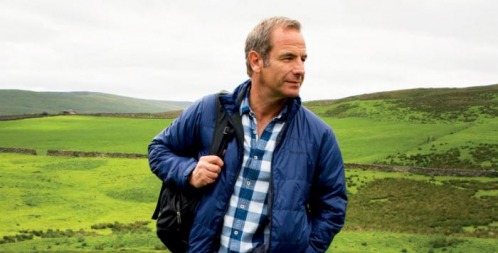Mover & Shaker - Steve Mayes

Living North meets an architectural photographer who's built a reputation for himself
We are, if you believe some people, on a relentless march into a touch-screen, LCD-lit, digital-only future: the days of real, tangible toys are numbered, they say. Action Man’s already paid the ultimate price in this battle, being discontinued in 2006 when Hasbro realised that a doll who could look slightly to the left and slightly to the right wasn’t doing it for kids anymore.
Lego is bucking the trend, though. The Danish company has, as you may have noticed, been flourishing of late, with sets aimed at adults, tie-ins with huge franchises like Dr Who, Back to the Future and Batman, and that rarest of things: a genuinely excellent tie-in movie. One limited edition £295 model of the Tyne Bridge aside, though, they’ve yet to commit to ready-made kits of Newcastle landmarks. That’s where Steve Mayes, professional photographer and Lego enthusiast, comes in.
Steve was a Lego fiend as a child, but grew out of it before adolescence, school and university took precedence over playing with small plastic cubes. In fact, he near enough abandoned creative endeavours altogether. After he moved to Newcastle to become an economic consultant, however, things changed.
‘I’d never been to the North East, never been to Newcastle, and I was just amazed by everything that was going on: the Angel was quite new at that point, Millennium Bridge was going in, the Baltic was being done, the Sage was being built.’ Inspired by the energy and optimism around the Quayside development, Steve started photographing the changing face of the city.
‘I really feel like I have the North East to thank for my career as a photographer. Newcastle’s still a great city to be working in. That fascination’s never gone away.’
Steve’s own private Lego revival started when his children, now six and three, were born – though not quite in the way you might expect. Frazzled by the stresses of child-rearing, he rediscovered Lego’s therapeutic effects by building a spaceship. When child number two arrived he immediately went to begin a second spaceship, but his wife intervened. ‘My wife said, ‘You’re not building another spaceship – why don’t you build our house?’ It was just a throwaway comment, but it got me thinking.’
It got him building too: after the family home, Steve moved onto a model of the Baltic which was included in Woodhorn Colliery’s BrickPlanet exhibition, and later displayed in the Baltic itself. Then came a commission to build a model of the proposed Tynemouth swimming pool, and the Maggie’s Centre for Cancer Care at the Freeman Hospital. Smaller builds of Tyneside Cinema’s logo and the King’s Gate building at Newcastle University followed, and now he’s being contacted by clients wanting architectural models of old, new and imagined spaces. For a venture that Steve saw as a ‘silly little geeky hobby’ with ‘no commercial value,’ things seem to be going quite well.
Given that each model can take an age to plan and build – the super-detailed Baltic model took six months – what is it that keeps Steve interested in the medium? ‘I like the problem-solving side of it: how to get a certain look with the pieces you’ve got. I like manipulating it in your head and in reality to get it right. There’s something very pleasing about the bricks themselves; the way they fit together is very satisfying.’
Part of the reason for the broader Lego revival, as Steve acknowledges, is pure nostalgia on the part of middle-aged ‘children’, but he’s also sure that it’s because the inherent strengths of Lego as a toy remain undimmed.
‘All the Lego that you had when you were a kid will still work with the Lego you buy now, which isn’t true of many toys at all. It’s had a resurgence because of the nostalgia thing, but also it’s incredibly versatile and clever. There’s no limit to it.’
While he grew up in the Eighties when Lego was at its zenith, Steve is unsentimental about its role in his work: ‘It’s just a raw material really. It’s very much an architectural thing about replicating something that already exists or a tool for seeing what could exist.’
The fact remains, though, that he spends vast swathes of time playing with a medium made for a target audience which has to be reminded not to eat said medium. That’s not to do a disservice to Steve: the theme of play ties his different creative strands together. Aside from recreating them in Danish plastic, he also reconfigures photographs of Newcastle’s landmarks for a series of prints called Deconstructions. Pulling familiar icons apart into constituent pieces and turning them into giant 2D Airfix models of themselves, they perform a similar function to his Lego models in adding a visual twist which forces the viewer to see the familiar anew.
That said, the inherent playfulness of the Lego models, with their smooth, high-gloss sheen, can obscure their role as objets d’art.
‘What I’m trying to do is show a building as it is, which doesn’t feel like art in a way; it’s just capturing the reality of it. I certainly don’t talk about it in an arty way at the moment. I talk about it as a business service, really, in an attempt to make it sound professional and legit and like I’m not just playing around with Lego.’







